Grow your own natural sleep remedies and skip over the counter medications. These 8 herbs can actually help you sleep better and more soundly without drugs, helping you wake up refreshed instead of groggy and hungover. You can grow them in your own garden, too. I’ve included growing, harvesting, and herbal medicine making instructions to help you get to your goal of more restful sleep faster and easier.
The standard recommendation by medical professionals, and repeated by most moms, is that you need to get between six to eight hours of sleep every night. In recent years, we’ve learned the truth of this and realize that during sleep, waste materials including proteins involved in Alzheimer’s disease, are flushed out of our brains. [source]
Six to eight hours is the average amount of sleep is proven to be what’s best for an adult. Children up to age 18 need even more sleep for a healthy body and mind.
What happens when you can’t sleep soundly?
When you have insomnia, it can really take a toll on your health. Extended periods of sleeplessness can lead to sleep deprivation, a condition that includes slowed reaction times when driving, failure to focus at work and school, and even depression or anxiety if it continues for an extended period of time.

Skip Over The Counter Medications
According to the Mayo Clinic, “Most over-the-counter sleep aids contain antihistamines. Tolerance to the sedative effects of antihistamines can develop quickly — so the longer you take them, the less likely they are to make you sleepy.” [source]
Taking these can also make you feel groggy the next day and may possibly interact with other medications you are taking. They can even lead to dangerous drug interactions so be sure to speak to your pharmacist before adding a cocktail of over the counter sleep aids to prescription medications.
8 Herbs for Sleep
Fortunately, there are natural sleep remedies. These herbs can help you fall and stay asleep naturally, without drugs. Many of these plants are hypnotics that have a sedative quality to them, which helps relax your mind and body. They can also reduce anxiety and help you sleep better.
Everyone is different and what works for some people won’t work for everyone. Try these eight natural sleep remedies yourself and see which ones work best for you. All are easy to grow and will help you get a good night’s sleep. Try them alone in a tea or in combination and see which works best for you.
1. Chamomile flowers
Both Roman (Chamaemelum nobile) and German (Matricaria recutita) chamomile may have a calming effect on people, which can help them feel relaxed and more prepared for sleep.
Grown to plant hardiness zone 3, this plant likes medium pH levels and full sun to partial shade. Roman chamomile is a low growing perennial that will come back year after year. German chamomile is an annual that will self-seed if given the opportunity.
People who have allergic sensitivities to ragweed, chrysanthemum, or other members of the Compositae family should use caution when drinking and using chamomile.
Chamomile tea, called manzanilla or “little apple” in Spanish, due to its apple-like scent, is one of the best herbal remedies for anxiety and sleeplessness. A cup of manzanilla tea before bed soothes and relaxes the mind, without leaving you groggy in the morning. It is safe for young children, pregnant women, nursing mothers, and the elderly.
2. Catnip Leaf and Flower
Do you have catnip in your medicinal garden? It was cultivated in ancient times by the Romans as a natural sleep remedy. The dried leaves were used as a mild seasoning and medicinally to relieve the pressure of an often stressful life.
In modern times catnip is associated with cat toys that make your furry feline run around acting crazy. But did you know that catnip has the opposite effect on people? While catnip makes your cat rev up and do funny things, it helps you calm down when you get stressed.
Catnip is a member of the mint family and should be planted in a container or out of the way place. It will take over any area where it is given room. It grows in any condition but prefers full sunlight and moderate watering. Harvest the leaves and flower tops in late summer when the plant is in full bloom and dry until crisp.
Drink the dried leaves and flowers as a tea before bedtime. The volatile oil in the leaves has a chemical structure similar to the proven sedatives found in valerian.
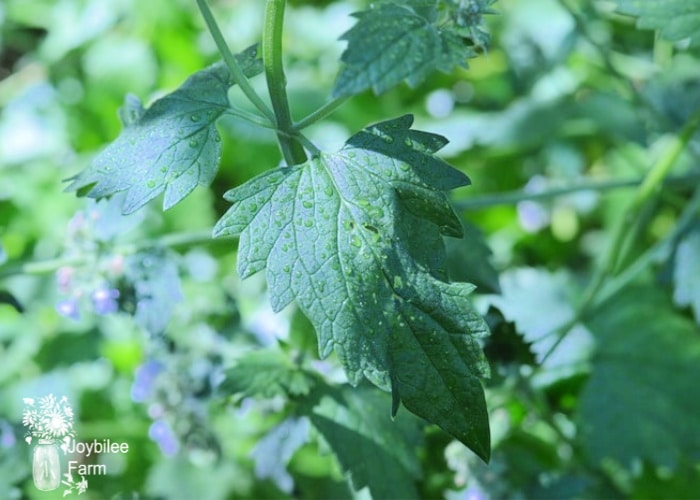
3. Valerian root
Valerian is another plant that you can grow that’s best known as a natural sleep remedy and is used in the treatment of insomnia. Valerian-based teas have a long history of safe use and you’ll find it widely used in Europe. The plant roots have medicinal properties that are used to produce calmness and a state of relaxation, which helps you get some sleep. One study from the 1980s suggested that valerian preparations could half the time it took people to fall asleep.
The roots are harvested in the fall as the plant shuts down or in the spring before it starts sending our shoots. Dig, wash, chop them into pieces, and then quickly dry them in a dehydrator at 120F (48C) until they are brittle. The roots keep their flavor for a long time.
When preparing a calming tea with rootstock, infuse one teaspoon of the root in 1 pint of water. Drink it cold at bedtime and sweeten with honey to lessen the bitter taste.
4. Peppermint leaf
Peppermint came into the New World with the colonists, who used it medicinally as a drink for headaches, heartburn, indigestion and to help them sleep. They also drank it for the wonderful taste – as we do today. It is one of those herbs that works well as a home remedy for people of all ages. It is perfectly safe to use medicinally, however small children may find the flavor overpowering. Some people find peppermint reviving instead of relaxing, so your mileage may vary. It is also a digestive and can help when you’ve overindulged.
Drink as hot tea or make mint water – bruise one cup of fresh peppermint leaves and place them in a clean half-gallon container. Fill with fresh cool water and chill in the refrigerator for 4 hours. Strain and drink cold.
All varieties of mint are easy to grow in all climates and conditions and as perennials can become invasive if not contained. Give them full sun and moderate water and harvest leaves as you need them. Do a final harvest in the fall before the plant becomes dormant for the winter. I hang the stocks to dry the leaves, then brush the leaves off with my hand, to get them into jars for storage. You can also dry individual leaves in paper bags or in the dehydrator and keep them whole until ready to use. See this post on how to dry herbs for winter storage.

5. Linden flower
For many years, linden flowers have been used as a popular beverage in Europe, where it can be found in cafes and restaurants. It is recommended for nervousness, insomnia, cramps, and indigestion. The flowers are also used at the onset of a cold to reduce symptoms.
Linden flowers grow on the Basswood tree (Tilia americana, Tilia europaea) which is native to eastern North America from New England through the Carolinas as west to the Mississippi River. The American variety can reach heights of 100 feet. It thrives in rich soil and needs a moderate amount of moisture. It will germinate from seeds, but they take 2 years to produce. The best way to get new trees is to take cuttings.
Linden flower baths have been used to calm irritable or restless children. Get ideas for herbal tea baths in this article from Joybilee Farm.
Linden flower tea has a delightful smell and flavor, that sipped before bedtime, can help to relax the body while soothing an irritable and tense mind which enables the person to unwind and rest (Holmes, 1997)
6. Lemon balm leaf
Lemon Balm is a member of the same family as mint and is widely known for its pleasant lemon scent. It is used for medicinal purposes and studies show that this herb has a sedative effect on the central nervous system. It was used as a mild tranquilizer, in past centuries and can be dried and taken as a nighttime tea or added fresh for cooking.
Lemon balm needs soil with a neutral pH and prefers not to be waterlogged. It will grow in full sun to part shade. It is susceptible to powdery mildew, so be sure to give lemon balm plenty of airflow when growing. Harvest before it sets flowers. It is possible to get several cuttings a year this way.
Dry in bunches if you live where the weather is on the dry side. If you live in a humid area it may work better to dry in a dehydrator on low heat. Lemon balm can turn black if not dried efficiently after picking.

7. Lavender flower and leaf
Although there has been little scientific work done on the properties of lavender, the oil has antiseptic and carminative powers. It is generally considered safe. Use one teaspoon of flowers to a pint of water for a mild sedative and for restful sleep. Or infuse the essential oil in the bedroom about an hour before going to bed. Turn off the infuser during the night so as not to disturb sleep.
Lavender is resistant to rabbit, squirrel, and deer damage. Animals don’t like the strong scent that comes not just from the flowers, but the leaves as well. Lavender flowers and leaves can be used in the kitchen, in the apothecary, in crafts, and in aromatherapy. It is also bug repellent but it attracts butterflies and bees, offering nectar to foraging beneficial insects. It grows in specialized planting areas like under black walnut trees. Learn more about the different types of lavender and how to grow it in this article.
Harvest lavender when the flowers first open or when they are full. Hang them in bunches or set them on screens in a shaded, airy place. The flowers will keep their fresh scent for a long time.
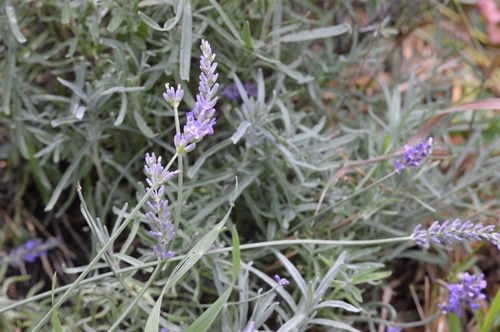
8. California poppy flowers
So far we’ve talked about herbs that are generally used as herbal tea for natural sleep remedies. California poppy, another natural sleep remedy, is often used as a tincture for a more exacting dose and to moderate the natural bitterness of the plant.
California Poppy (Eschscholzia californicum) is traditionally used for anxiety, sleeplessness, pain, and bedwetting in children. Unlike the opium poppy, the California poppy contains no opiates and is non-addictive. It is a hardy plant that grows in dry conditions, along gravelly roadsides, and in gardens. It is native to California and considered the state flower.
An annual it is easy to grow from seed even in zone 3. You’ll recognize it by it’s lacy leaves and 4 petal flower that closes during rainfall, on cloudy days, and at night to protect the delicate flower structure.
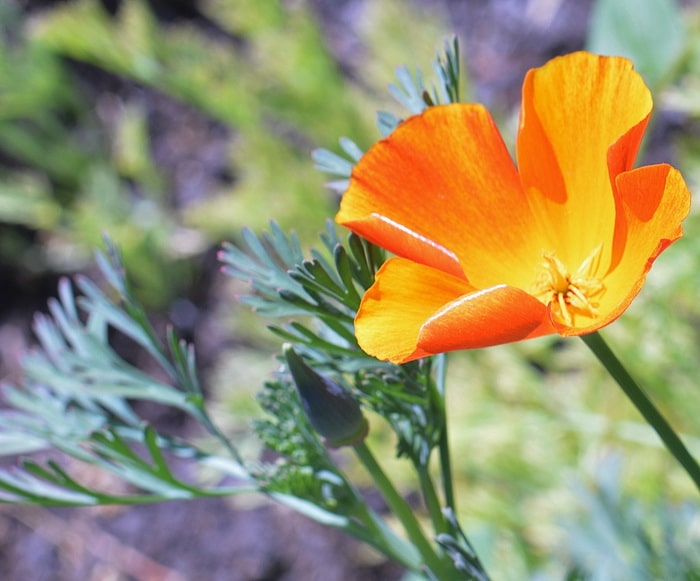
It blooms from June to August in warmer areas and is somewhat frost hardy, surviving mild dips in temperature until you have a hard frost in your area.
The above ground parts are used in tinctures to promote healthy sleep, pain relief, and normal mood. Harvest the leaves, stems and flower anytime after the flower blooms but before the plants are killed by frost. Chop the fresh plant material up and fill a Mason jar 3/4 full. Cover with vodka or brandy, ensuring that the plant material is completely covered and remains submerged in the alcohol. Allow to macerate for 30 days at room temperature protected from extremes of light and heat. Shake the jar daily or as often as you think of it. Strain and retain the liquid. (For adults, use 1 teaspoon 30 to 60 minutes before bedtime for healthy sleep and to reduce anxiety and stabilize mood. If you are taking prescription drugs talk to your pharmacist before using California poppy. See this post if this is the first time you’ve made an herbal tincture.
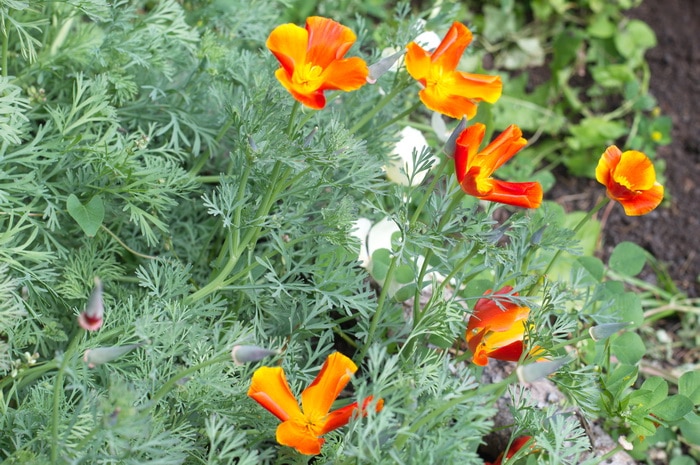
If you are making a medicine for children under 16, use glycerin as your solvent instead of alcohol, using 3 parts food grade glycerine to 1 part filtered or distilled water. The glycerite will be naturally sweet and have a shelf life of 1 to 2 years. (Use 1/4 teaspoon before bedtime for children 5 to 15).

If you are still awake after trying these 8 natural sleep remedies grab these tips for improving your sleep hygiene and getting a more restful sleep consistently.
More help for better sleep
30 Best Herbs for Tea and the Secret Sauce for Better Tea Blends


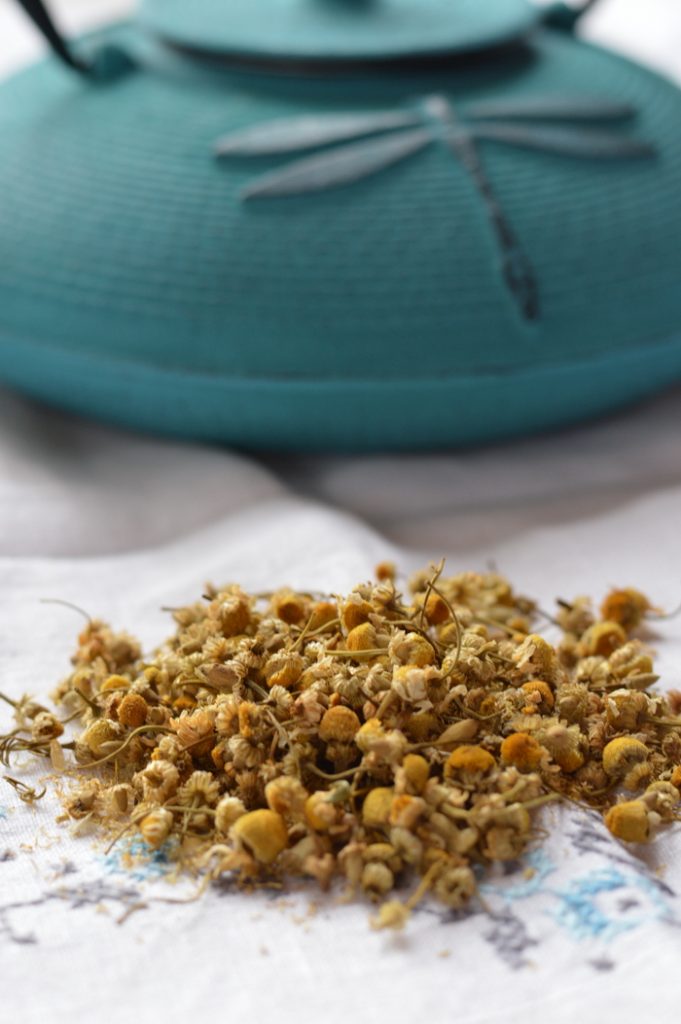
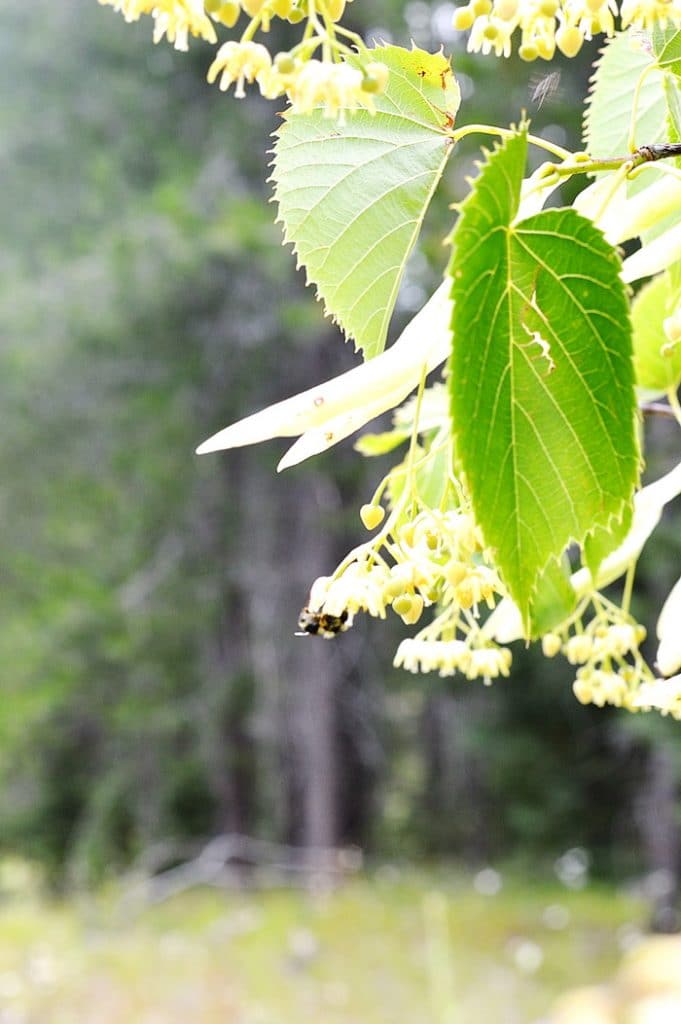

Leave a Reply